![[VIDE]](https://paperware.legrandj.eu/media/collectiveaccess/images/6/3/67313_ca_object_representations_media_6380_large.jpg)
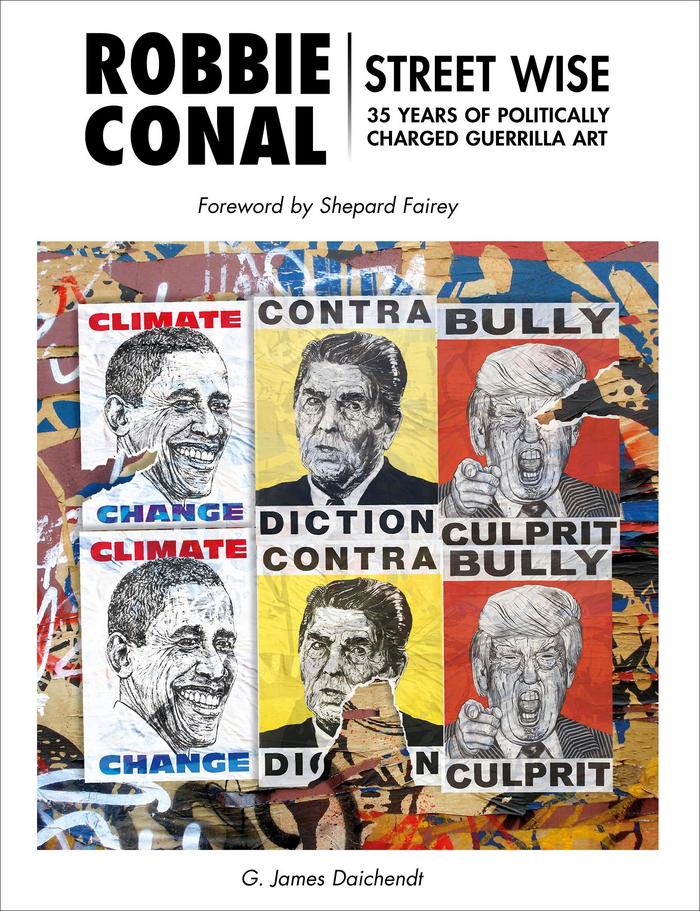
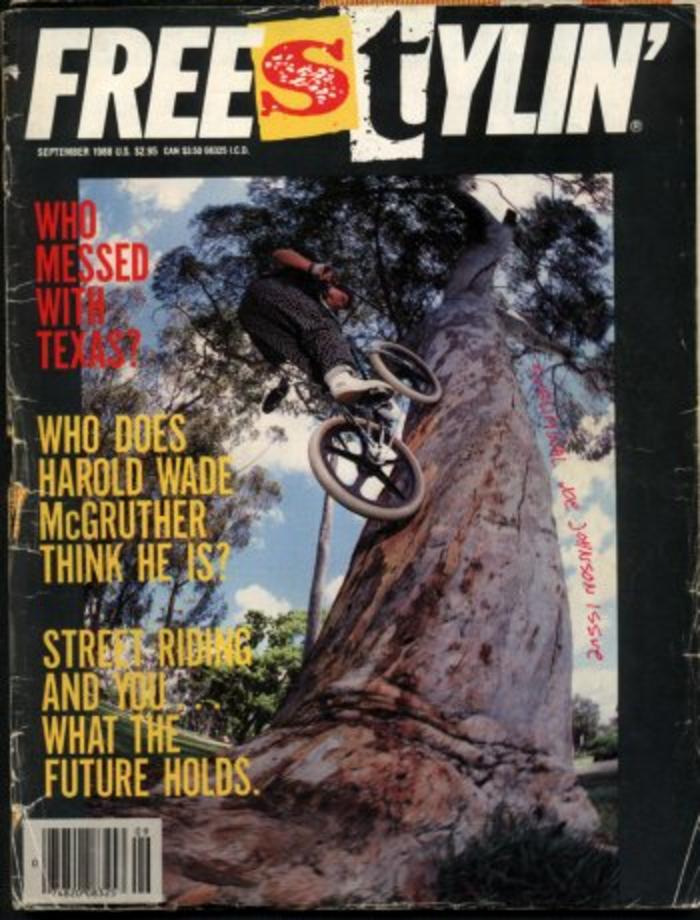
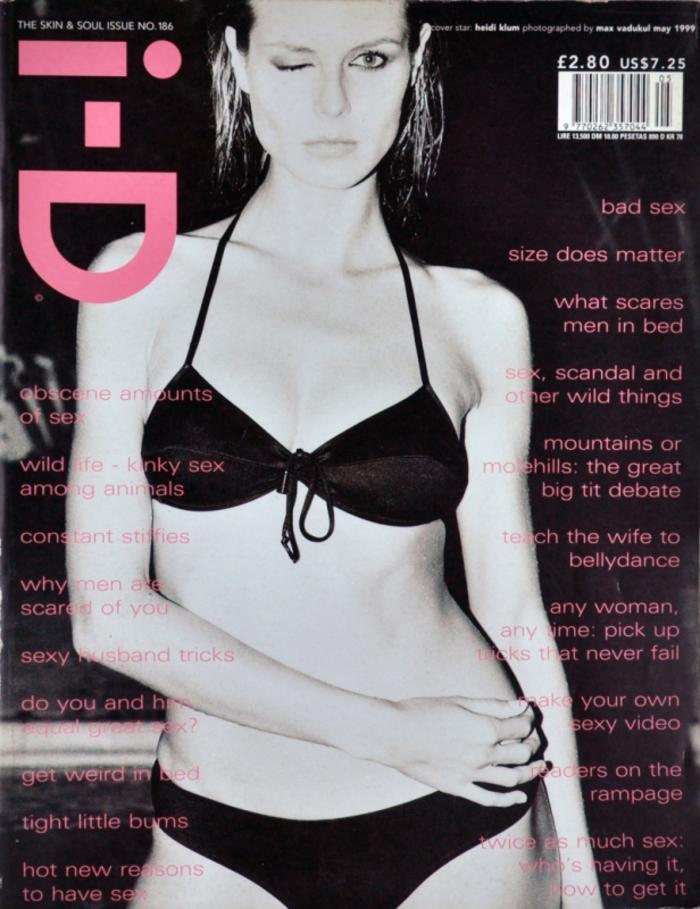
![[VIDE]](https://paperware.legrandj.eu/media/collectiveaccess/images/5/3/69032_ca_object_representations_media_5395_large.jpg)
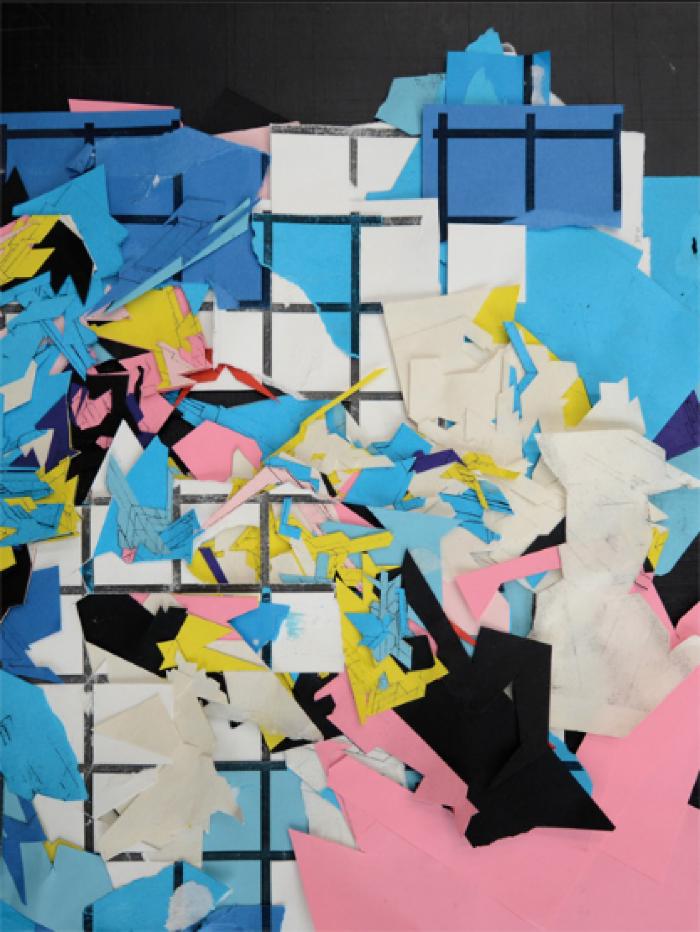
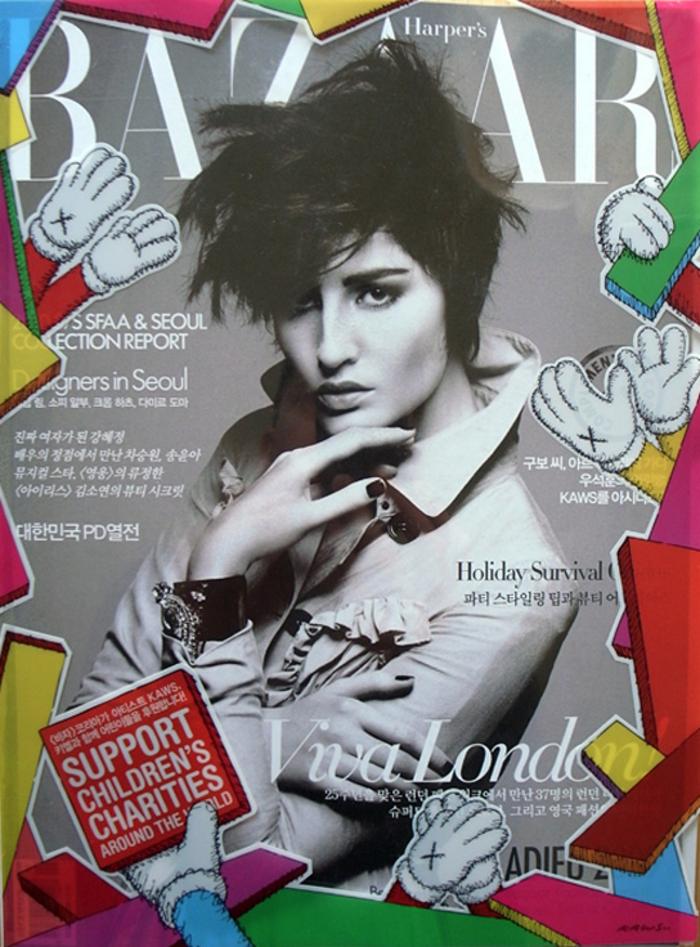
Terms & Conditions
Shipping & Returns
Terms of Service
Refund policy
Vintage Grading Format
Le Grand Jeu is an independent bookshop based in the Oberkampf district of Paris. We specialize in publications on street culture and DIY aesthetics, and support independent publishing.
Monday 10am - 7pm
Tuesday 10am - 7pm
Wednesday Closed
Thursday 11am - 8pm
Friday 11am - 8pm
Saturday 11am - 8pm
Sunday Closed